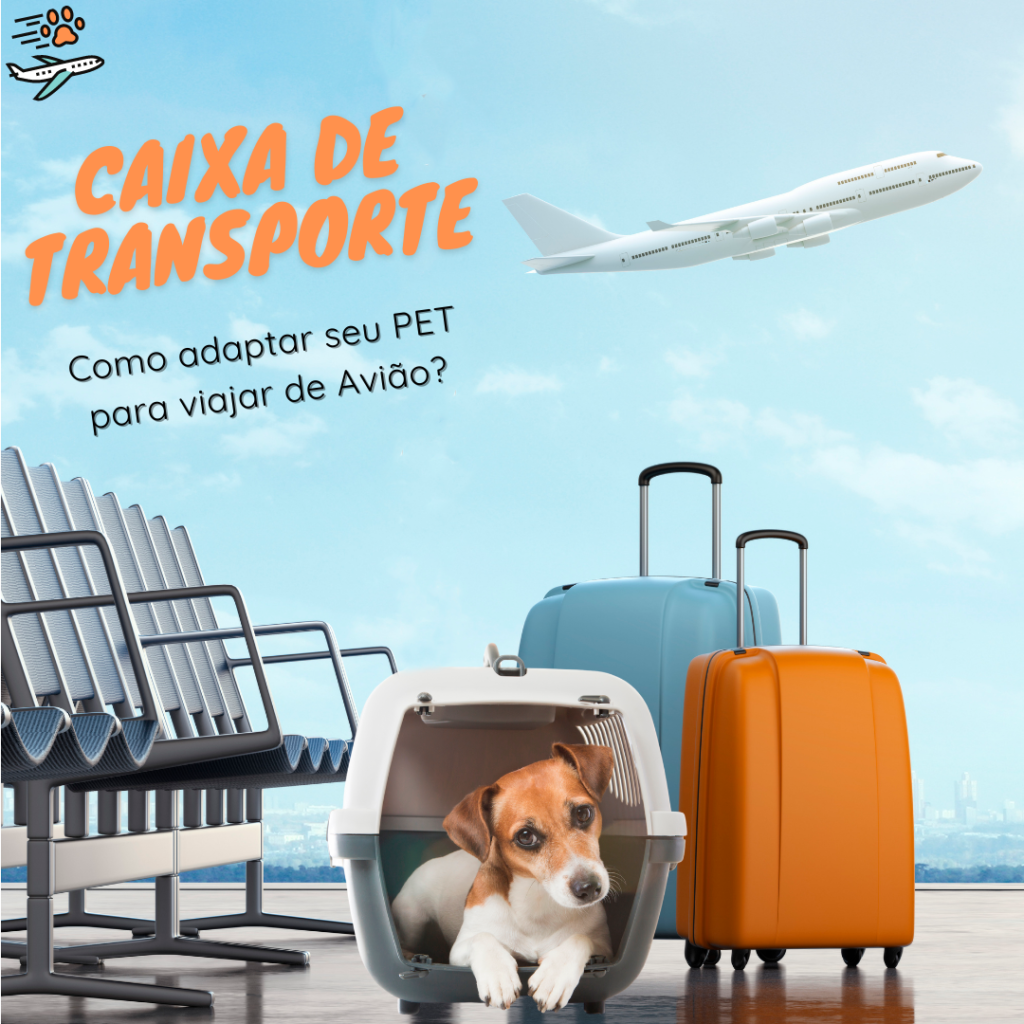
Traveling by plane with your PET can be stressful for both the owner and the animal and the success of the trip is totally linked to the adaptation of the animal in the Transport Box, also called “Kennel”.
In addition to adaptation, the owner must take into account the size of the transport box for the well-being of your dog or cat at all times.
So that everything goes as planned, PETFriendly Turismo has prepared this article so you don’t have any problems when traveling by plane with your PET.
How to choose the transport box for your PET?
To make your dog or cat as comfortable as possible throughout the journey, invest in a carrier that is ideal for the size and breed of your pet.
First, a pet must be big enough to stand up and be able to turn around completely without touching the sides of the crate.
Some breeds, such as Shih Tzu, Bulldogs, Pugs, Persian cats, Rottweillers, Pittbulls, etc., have some specific rules for transport boxes, both in terms of the size of the box and the ventilation openings.
Another attitude is to trace the destination and evaluate the duration of the journey, stopover locations and which airline provides the best service for the destination, in order to follow the rules established by the same.
Efficient Tips for Adaptation of the Animal in the Transport Crate
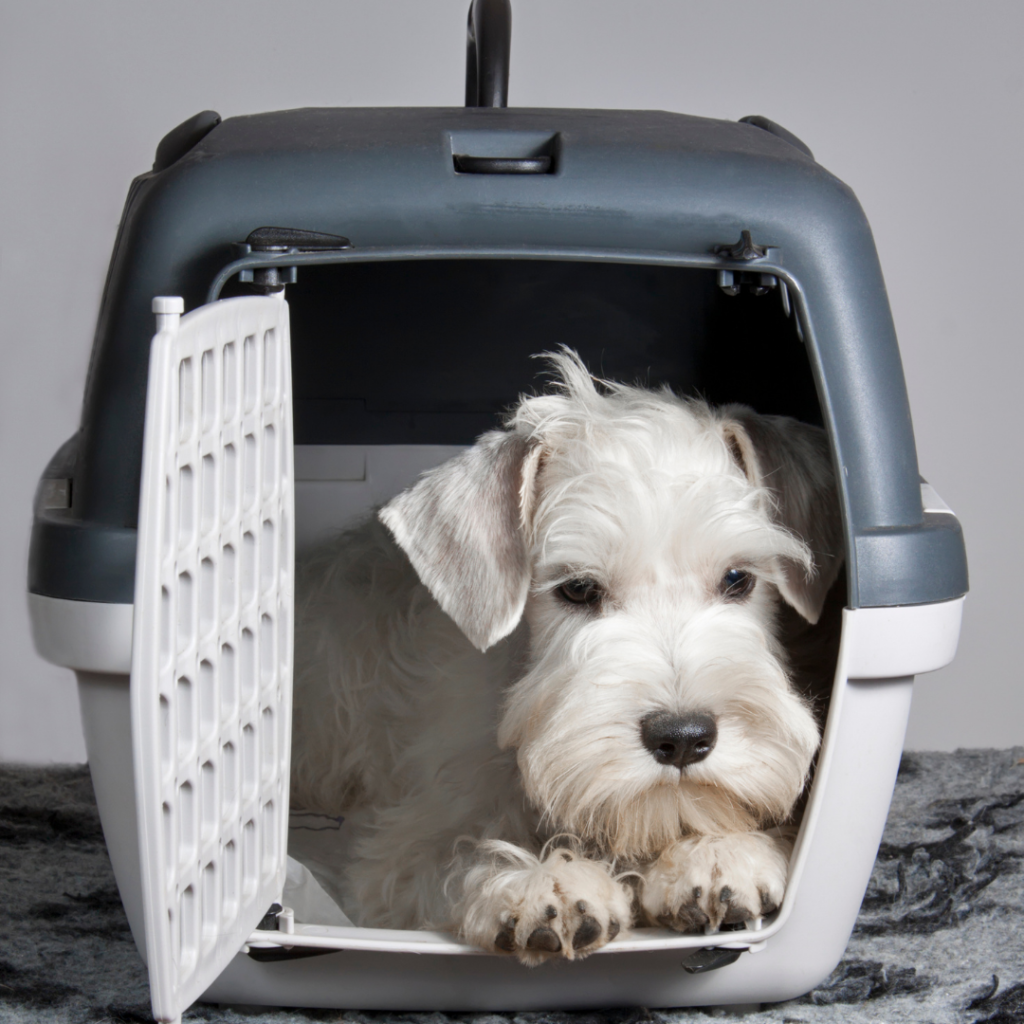
It is common for pets to be uncomfortable during their first experiences with the carrier.
For this, the trip with the pet must be programmed in advance so that the animal has time to adapt and get used to the crate.
Below are some tips to facilitate the adaptation of the animal in the transport box and ensure the success of the trip:
1. Never force the animal into the carrier
This is the first tip for those who intend to travel by plane with their PET, after all, the pet’s first experience cannot be traumatizing.
Never force the animal into the kennel as this can cause psychological trauma and block the animal.
This step is crucial to ensure the adaptation and well-being of your 4-legged child in the carrier.
So, if the animal doesn’t enter the kennel on the first contact, don’t despair, this is common.
2. Blanket inside the shipping box
Putting a blanket, blanket, pillow inside the kennel is a great way to create a safe environment for the animal. Pay attention to the material of the same so as not to cause allergies and not get caught in the pet’s nails.
Give preference that some of the objects are for daily use by the pet, thus creating a feeling of familiarity with the transport box.
3. Do not use cleaning products to sanitize the kennel
It is important to take this item into consideration, as it is common that upon receiving the shipping box or purchasing it, the tutor wants to clean the material.
Use a clean, damp cloth to avoid strong odors inside the transport box that could cause the animal to block.
4. Snacks trail to the inside of the transport box
An interactive and very functional way of adapting animals to transport boxes are snacks.
Creating a trail with delicious snacks that lead to the inside of the box is a very effective way to create a good feeling for the animal with the kennel.
This way, whenever the animal comes into contact with the carrier, it will have a positive association.
5. Feed and water pots inside the transport box
This action can make the adaptation of your animal much easier and calmer, because the animal will realize that the box is not dangerous, but an environment that provides it with protection and food.
Mixing dry food with a sachet of wet food is a very valid alternative, in order to attract and encourage the animal to enter the transport box.
6. Short journeys in the first experiences inside the Kennel
Opting for short journeys by car with the animal inside the transport box is a very effective tip.
In this way, the animal will adapt and, in a way, understand that it will not be stuck in the box.
7. Leave the animal for short periods inside the box, without the presence of the tutor
It is essential that the pet has the security to remain inside the transport box without the presence of the tutor.
Because in this sense, it is useless for the animal to remain calm in the presence of the tutor and in its absence desperate, therefore, it is valid to carry out the training every day.
Important rules for traveling by plane with your PET?
Even though it’s normal to see owners transporting pets at airports, it’s not such a simple task.
There are several documents, sanitary requirements and especially the specifications for the transport boxes.
Large animals, as a rule, are loaded into the hold of the plane. When the animal plus the box exceeds 45 kg, it needs a wooden box, made by a specialized carpenter.
The box must contain the measurements and openings required by the airlines and IATA (air transport regulatory body) and must never have splinters or splinters that could injure the animal.
In addition, it is essential that the safety locks of the box are of excellent quality, to guarantee the boarding and safety of the pet.
In this sense, it is not valid to save when investing in the air transport of the pet.
Tips for pre-traveling your pet
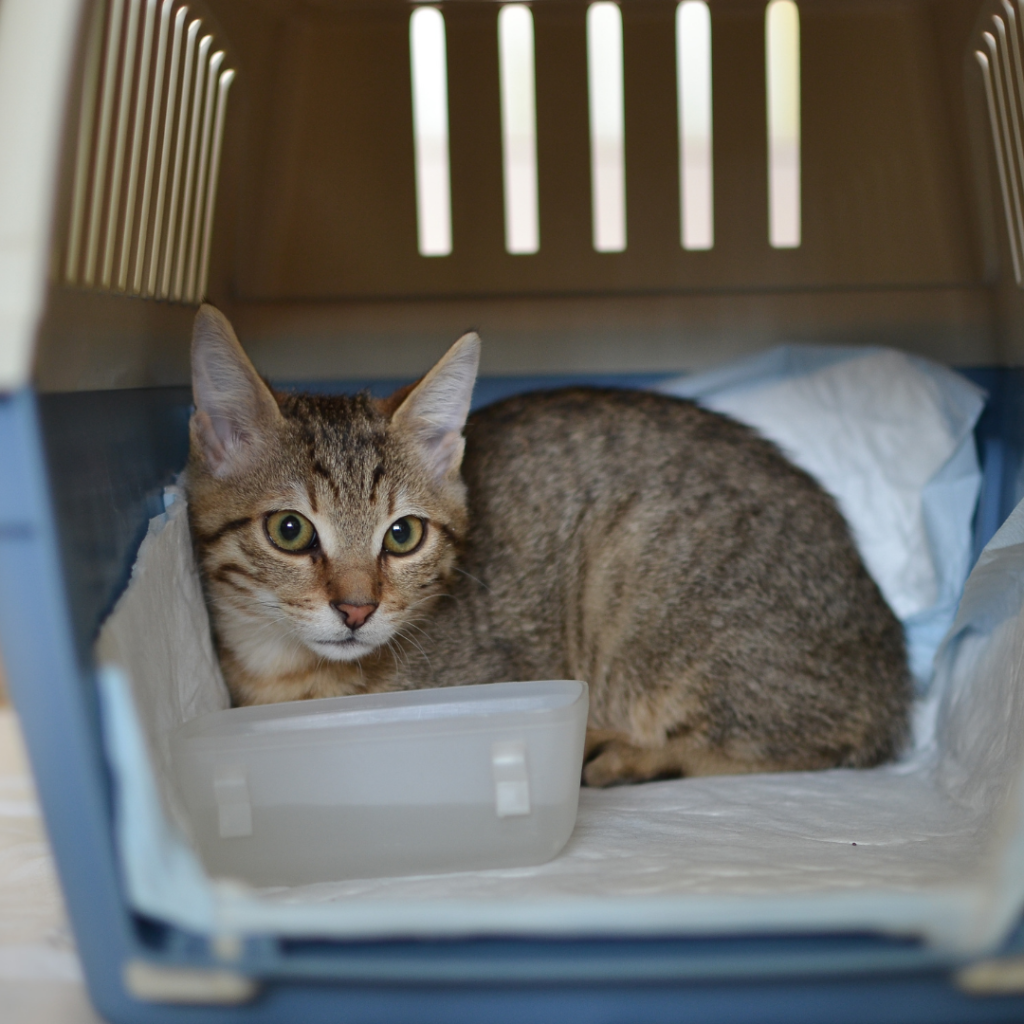
Traveling with your pet is a wonderful idea, but in order for it to go according to plan, you must think about the smallest details, so that the trip is perfect for the owner and the animal.
So, talk to the veterinarian responsible for the PET and get as much information as possible.
A very important tip is to bathe and trim the animal’s nails in the days before the trip.
This way, the PET will have the confidence to embark and make the trip without any problems.
Before loading the animal into the transport box, make sure it is properly adapted for the occasion.
At check-in, if the animal is unusually agitated, it may be prevented from boarding.
If you want a peaceful trip for you and your pet, count on the services from PETFriendly Turismo.
PETFriendly Turismo, THE ONLY OPTION IS TO WORK!

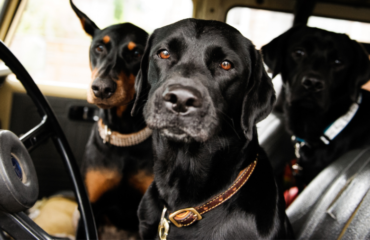

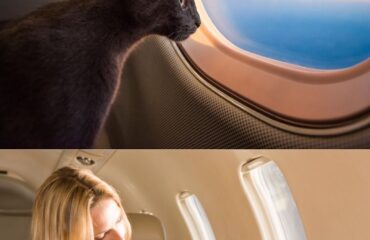

You must be logged in to post a comment.